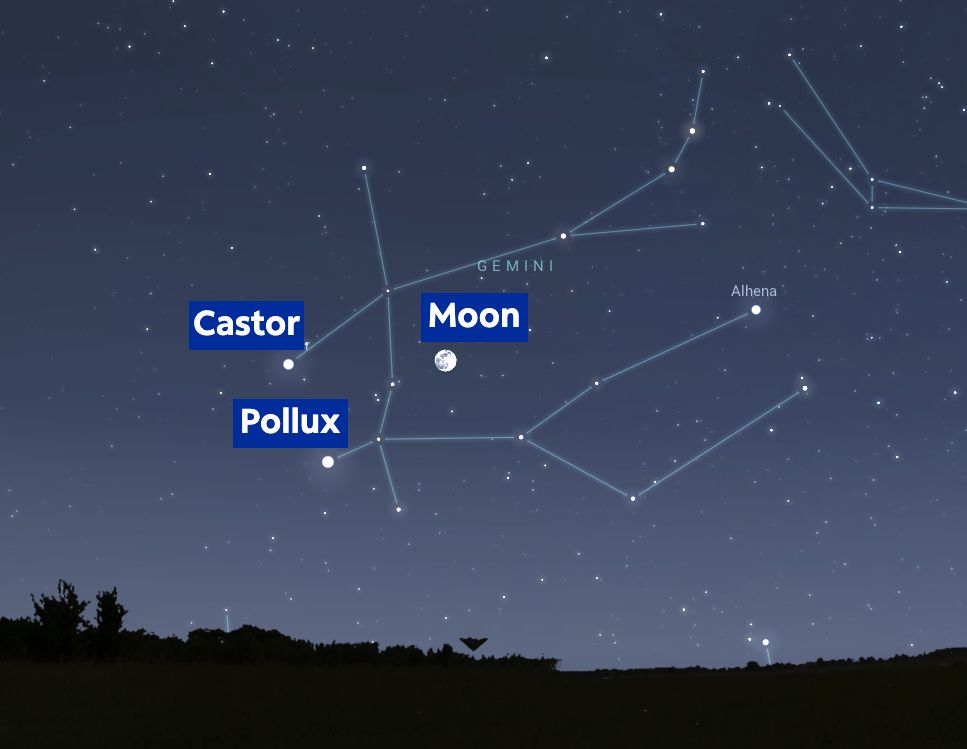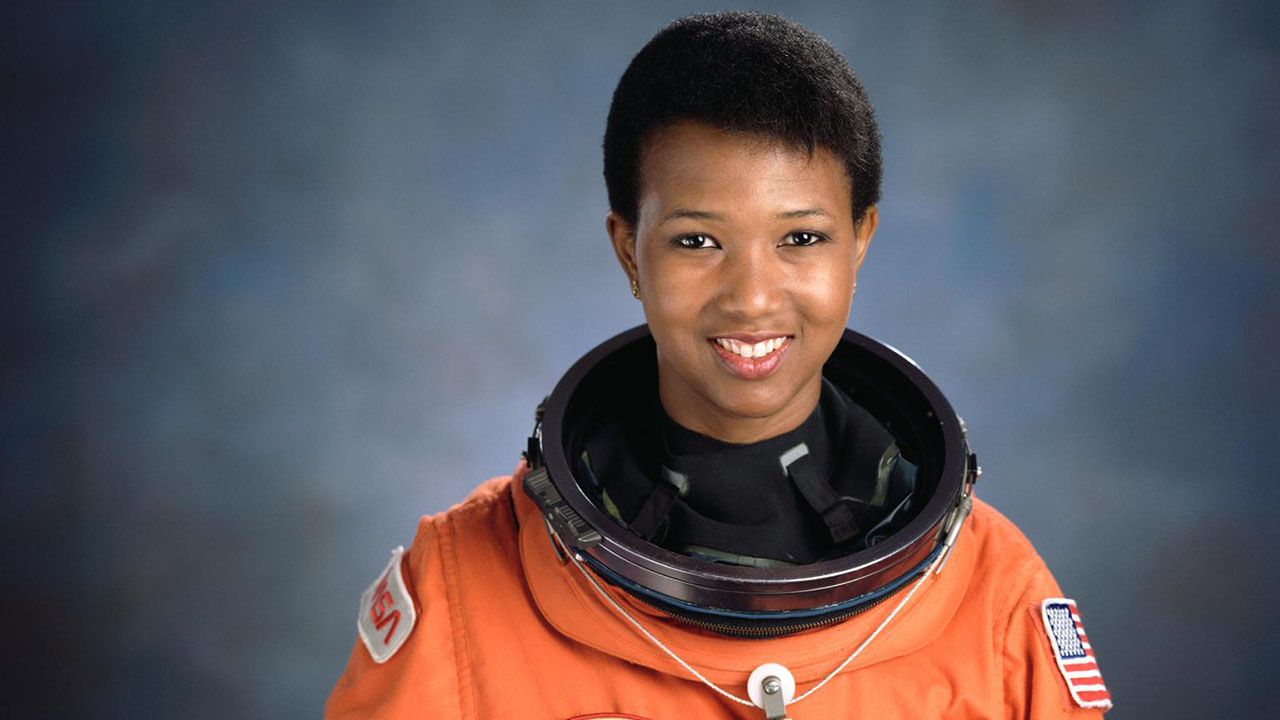This month’s full moon is also a so-called micromoon. It won’t be so small that you need to squint to see it, although there is a reason it gets that title.
Chances are you’ve heard of a “supermoon,” which happens when the moon is about its closest in its orbit around the Earth. This month’s full moon happens just a few days after the moon was at its farthest distance from the Earth, earning it the title of a micromoon.
You won’t really be able to tell much, if any, difference in the moon's size compared to most other months, though. The apparent size change is more obvious when you compare a micromoon and supermoon side-by-side.
This month’s moon will be full at 6:08 p.m. ET/3:08 p.m. PT on Jan. 6, but if you don’t see it that night, don’t fret. It appears virtually full for a couple of days on either side of when it actually is.
The January full moon is commonly called the “Full Wolf Moon.” Native Americans had a variety of other names for it, including the Oneida’s very descriptive “Someone’s Ears are Freezing Moon.”
This first full moon after the winter solstice is also sometimes called the “Moon after Yule,” named after the ancient winter festival.

The moon will also nestle between the twins of the Gemini constellation on the 6th. The stars Castor and Pollux (which are also the names of the twins) will be just to the left of the moon. On the 7th, the moon will be below them.
Be sure to take time to look up at the many celestial sights this year.
Our team of meteorologists dives deep into the science of weather and breaks down timely weather data and information. To view more weather and climate stories, check out our weather blogs section.
Justin Gehrts - Senior Weather Producer
Justin Gehrts is a senior weather producer for Spectrum News. He has well over a decade of experience forecasting and communicating weather information. Gehrts began his career in 2008 and has been recognized as a Certified Broadcast Meteorologist by the American Meteorological Society since 2010.








